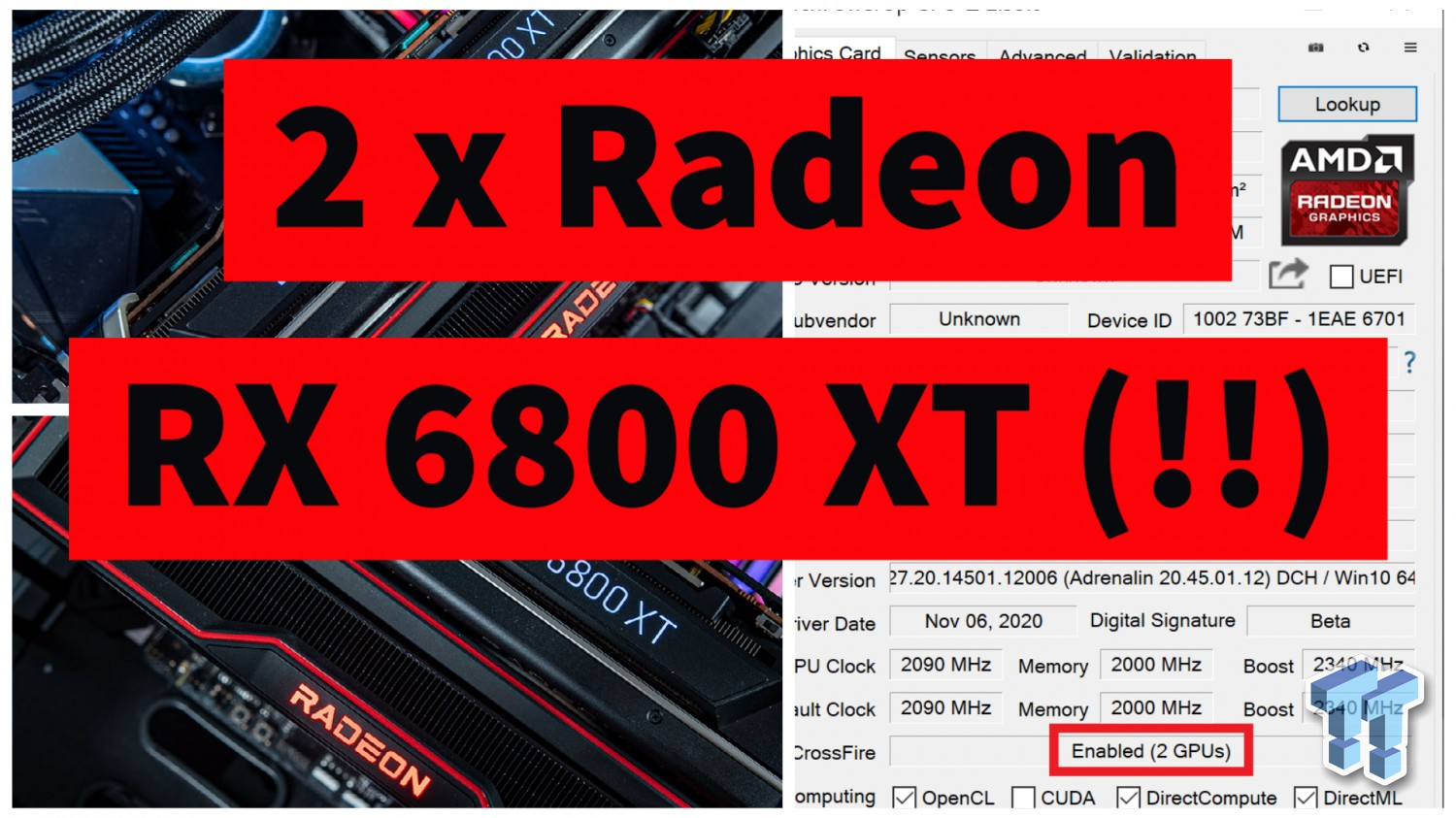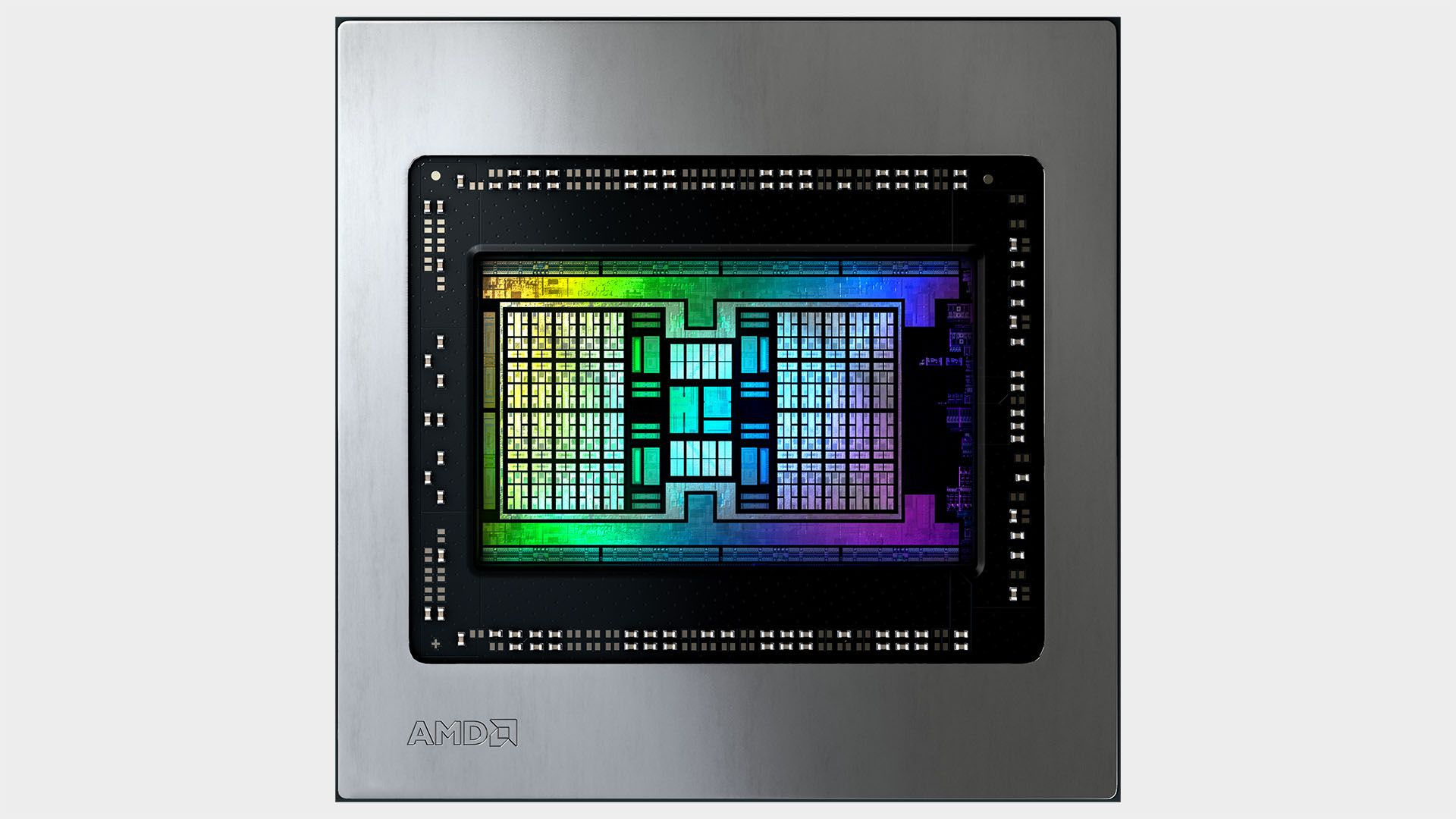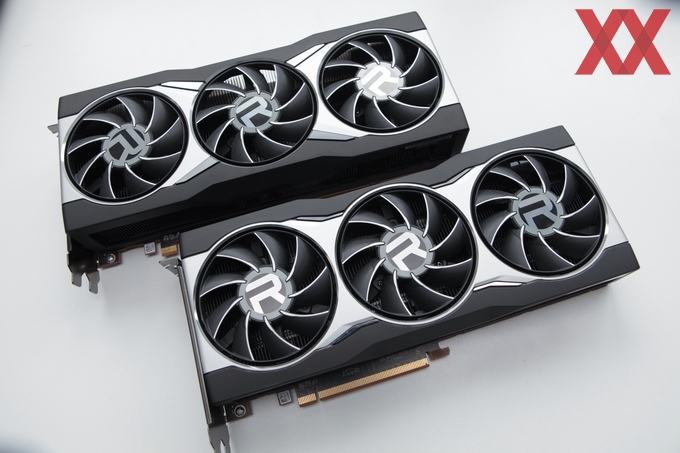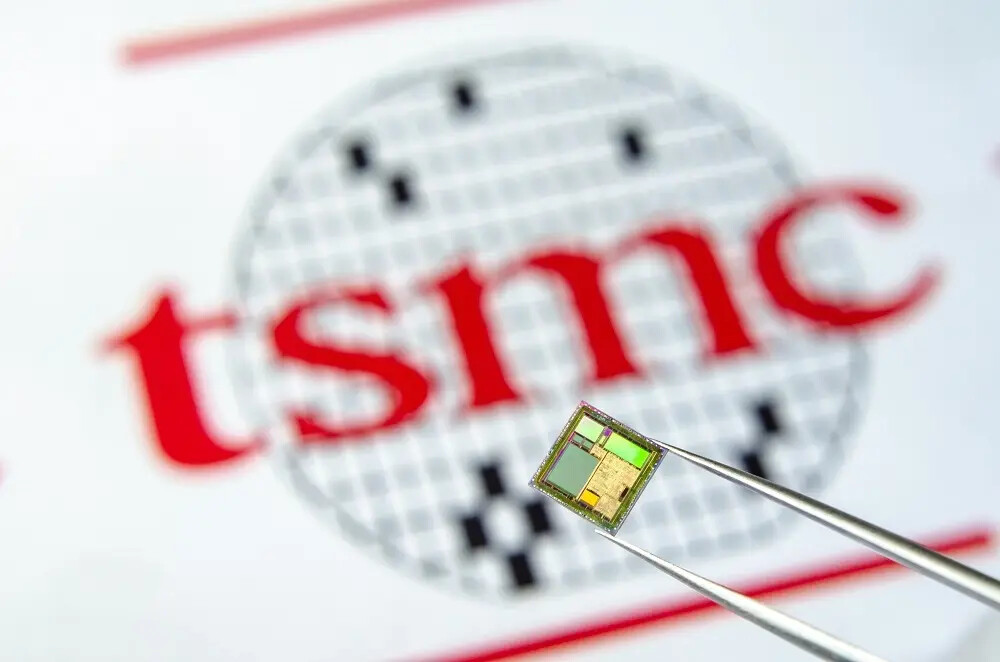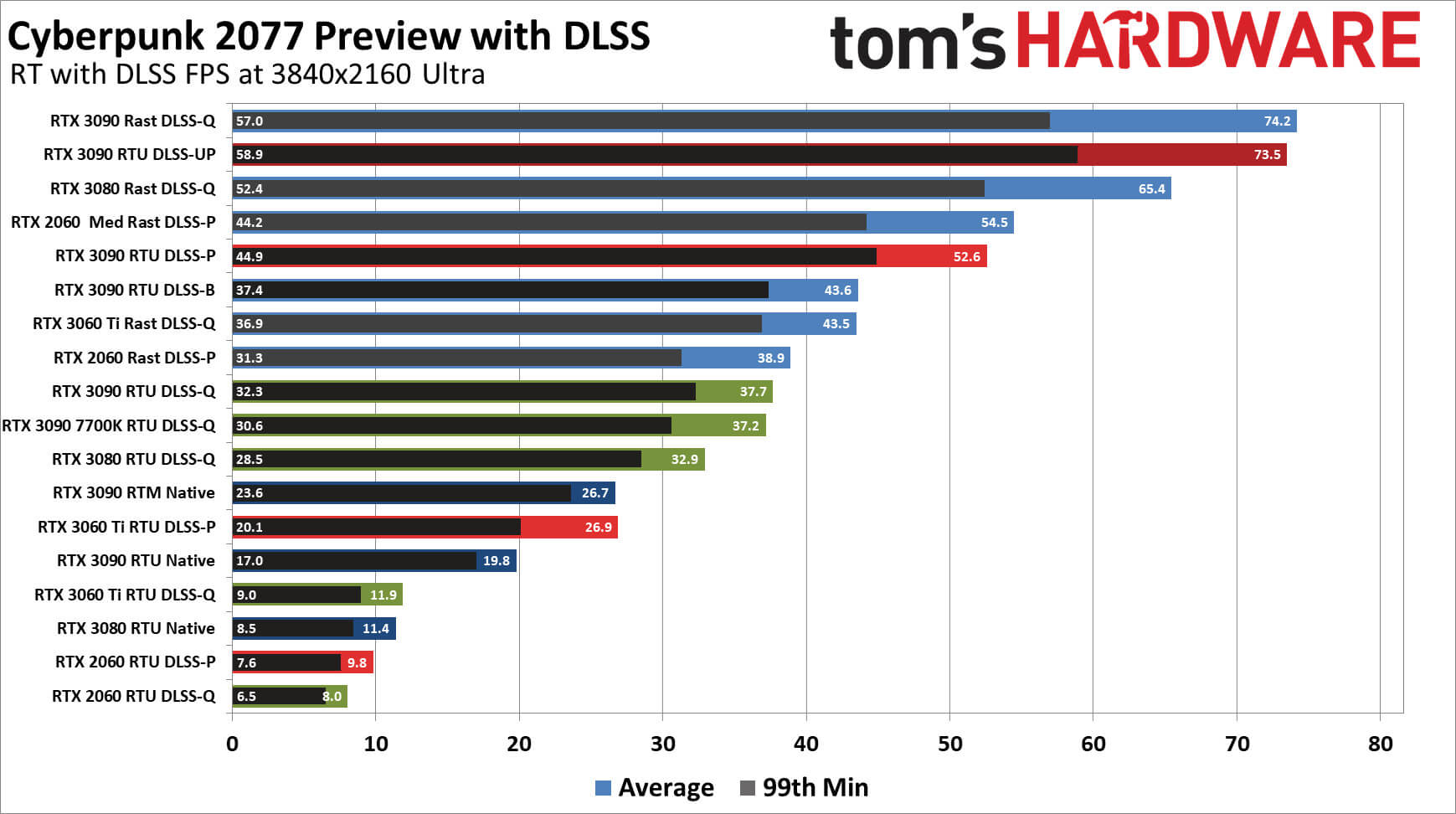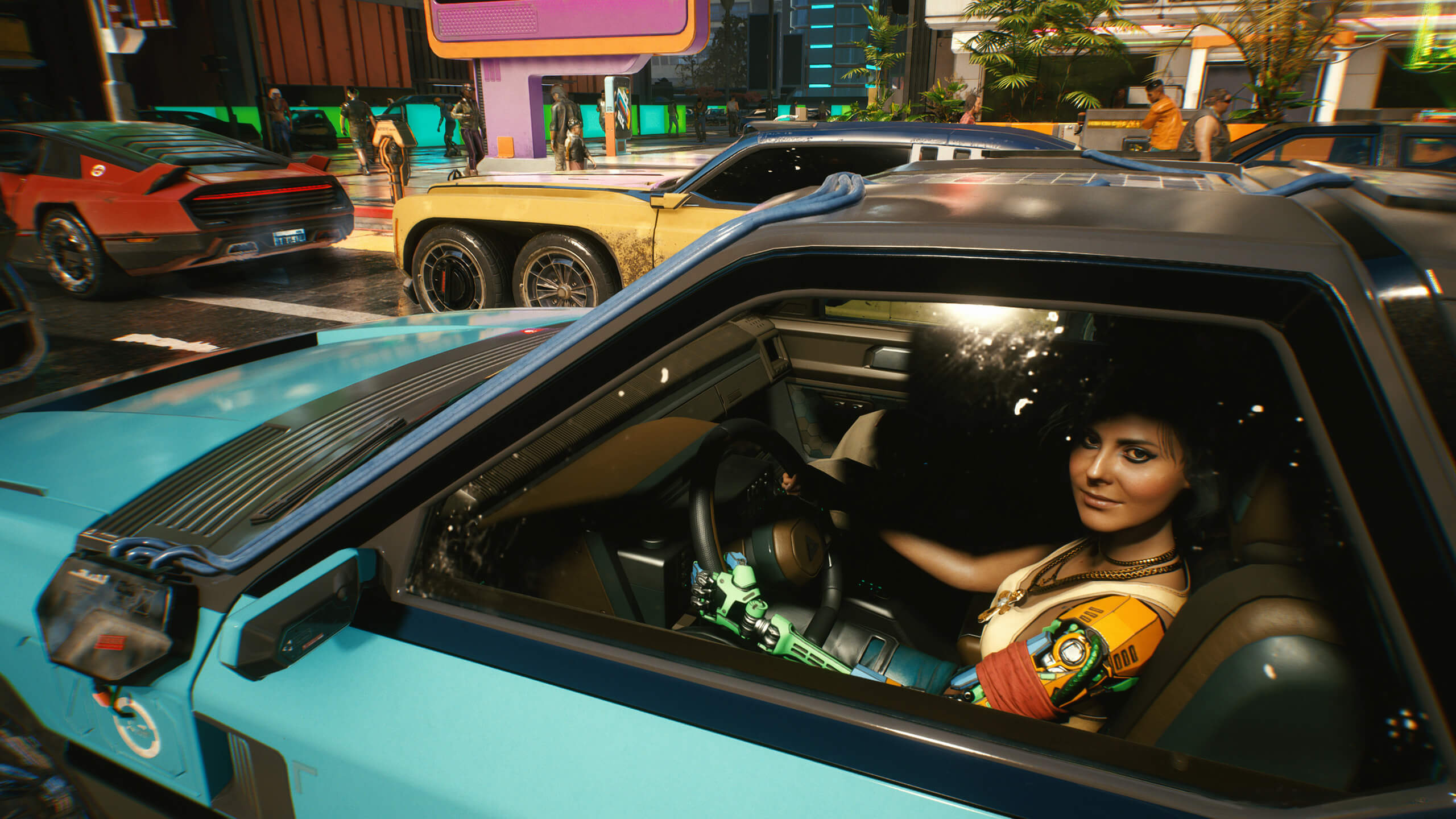Did you miss this line?;
nVidia has been price gouging like crazy. It's yet another reason why I refuse to buy their products.
What I look for with the MSRP is simple; the performance per dollar should have at least some improvement compared to the previous generation, looking back at two generations.
If we take the 5700XT at $400, and the 6800XT at $650, considering the performance jump, the 6800XT just passes the test.
Take the 5700XT itself, and compare it to the previous card, the RX 580. The RX580 had an MSRP of $230, the 5700XT of $400. You pay about 75% more for 85% more performance. That one also barely passes the test.
In case the 5700XT would have failed the test, I would have looked if the 6800XT card is better than the RX580 in terms of value to determine if it's worth buying.
All that flies out the window when you look at many (not all) of the "recent" nVidia cards.
And obviously when there are good deals, I take them. An R9 Fury (which I am still rocking) for $300 was an amazing deal at the time, since the MSRP was $550. That deal gave me 20% more performance for the same price as an R9 390. If it wasn't for that deal, the Fury would not have been worth buying.




